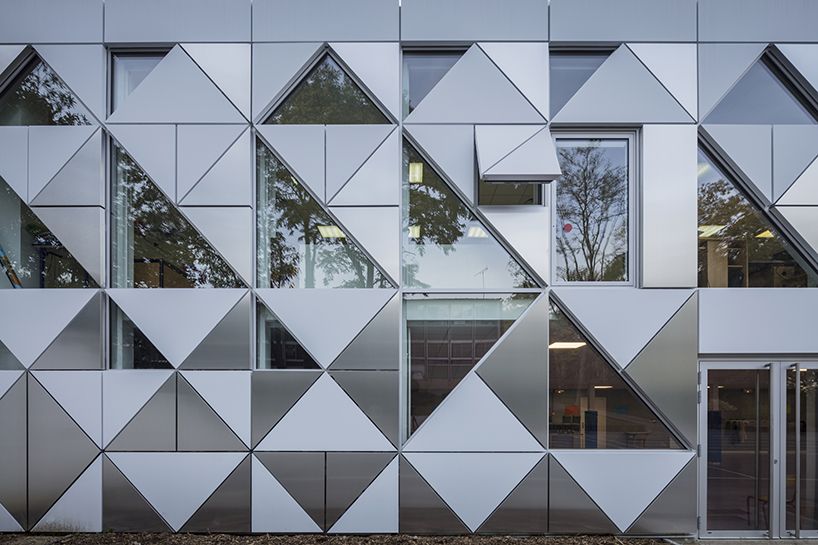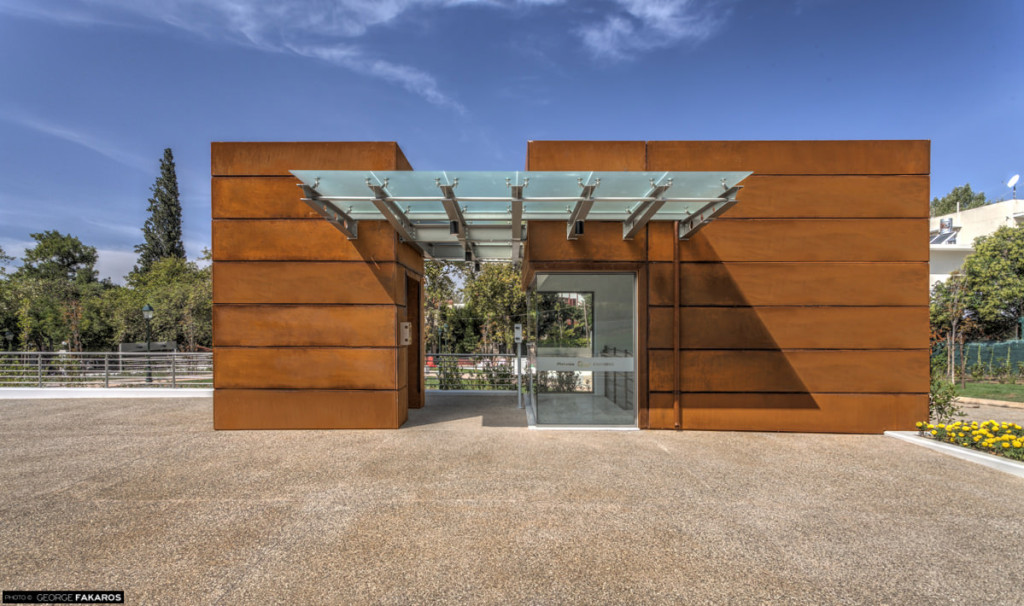Fire rated cladding is a critical element of building safety, but it’s not something you should purchase without considering the specifics of your project and location. This guide will help you understand fire rated cladding material and its uses, as well as maintenance guidelines and other factors that will impact your decision.
Material
When choosing a material for your cladding, it’s important to consider the following:
- What is the material made of?
- What are the benefits of this material over others?
- How does this material perform in a fire?
If you’re building in an area with high fire risk, it’s best to go with a non-flammable or low-combustibility cladding option.
While there are many different types available, some common examples include stone and concrete blocks; metal panels like aluminium or zinc alloy; timber boards (such as pine); glass; brick veneer systems such as brickwork tiles with sandstone mortar joints and wire netting infill panels (which offer protection against impact).

Building regulations
Building regulations are a legal requirement and are different in each country. In the UK, there are different building regulations for different types of buildings. A residential property will have different fire safety requirements than an office block or warehouse.
In addition, some materials may not be suitable for all locations due to local weather conditions (such as extreme heat or humidity) or other factors such as air quality standards.
Maintenance
You should also consider the maintenance of your fire rated cladding. Cladding is an important part of a building’s exterior, so it needs to be maintained regularly. This can be done by cleaning the cladding with water and soap or detergent.
You should also check for signs of damage and repair any areas that are damaged before they get worse. If you notice any discoloration or erosion in your building’s exterior walls, then this could be due to weathering or vandalism; if so, then it’s time for some repairs!
Cost
Fire rated cladding can be expensive, so it’s important to factor in the cost when making a decision. Consider the long-term costs of installation, maintenance and replacement when selecting your cladding.
Aesthetics
Aesthetics is a subjective term and it should not be the only factor in choosing cladding. Cladding should be chosen to suit the building and its surroundings, as well as its interior design.
For example, if you’re building a modern office block with glass walls and minimalist furniture, then adding traditional stone or brick cladding would clash with both the architecture and interior design of your new office space.
Conclusion
The choice of cladding is a big decision, and it’s important to get it right. There are many factors to consider when choosing fire rated cladding for your building. If you’re looking for help with this process or for more information about our products and services, please contact experts today!

